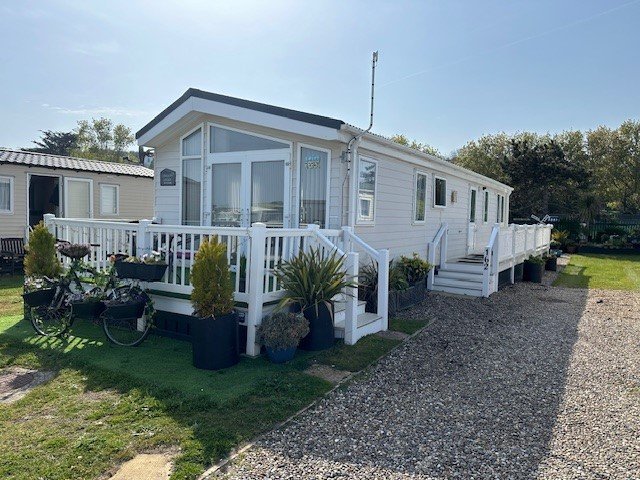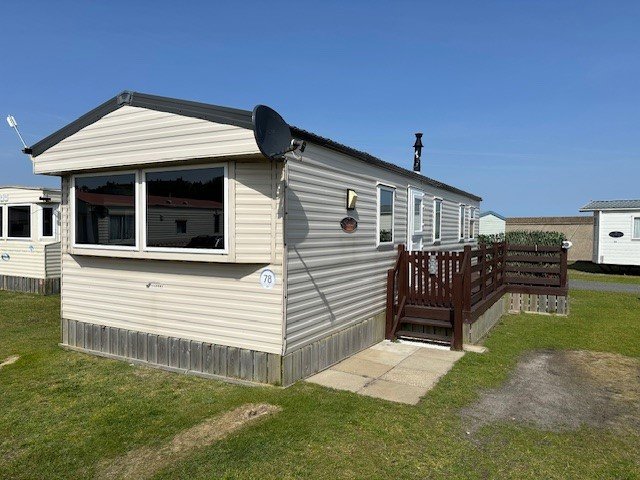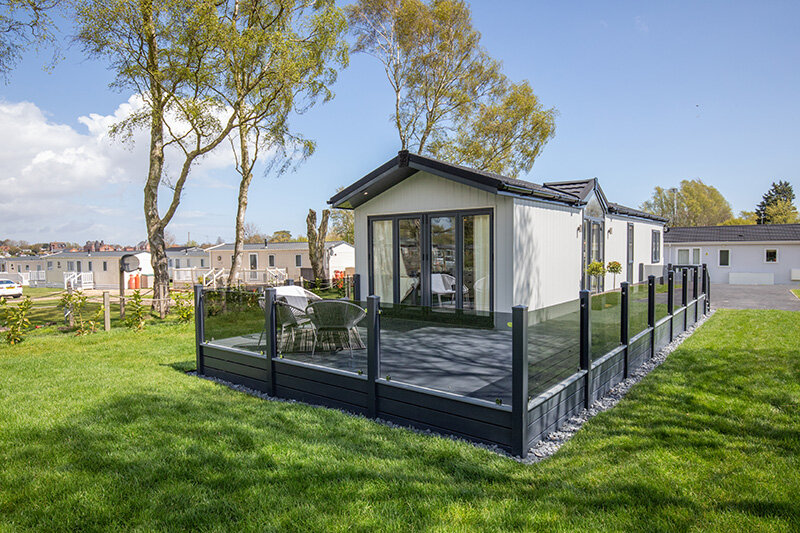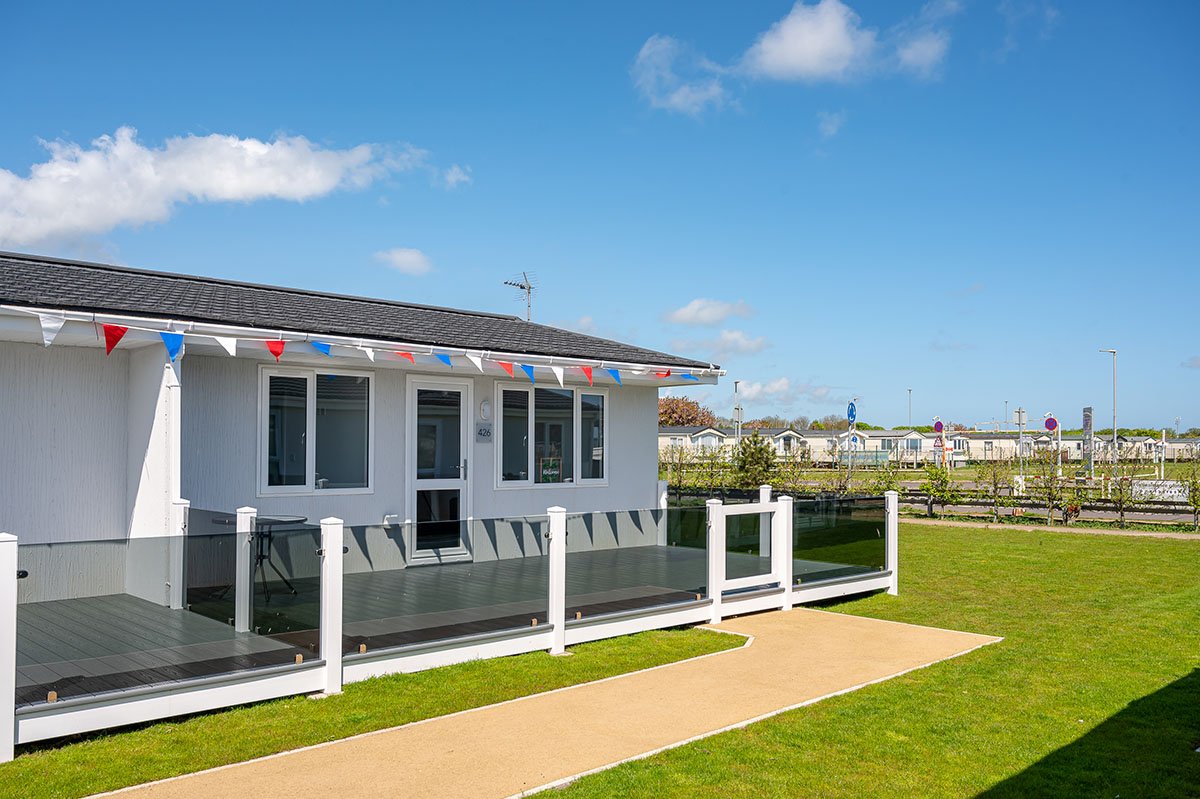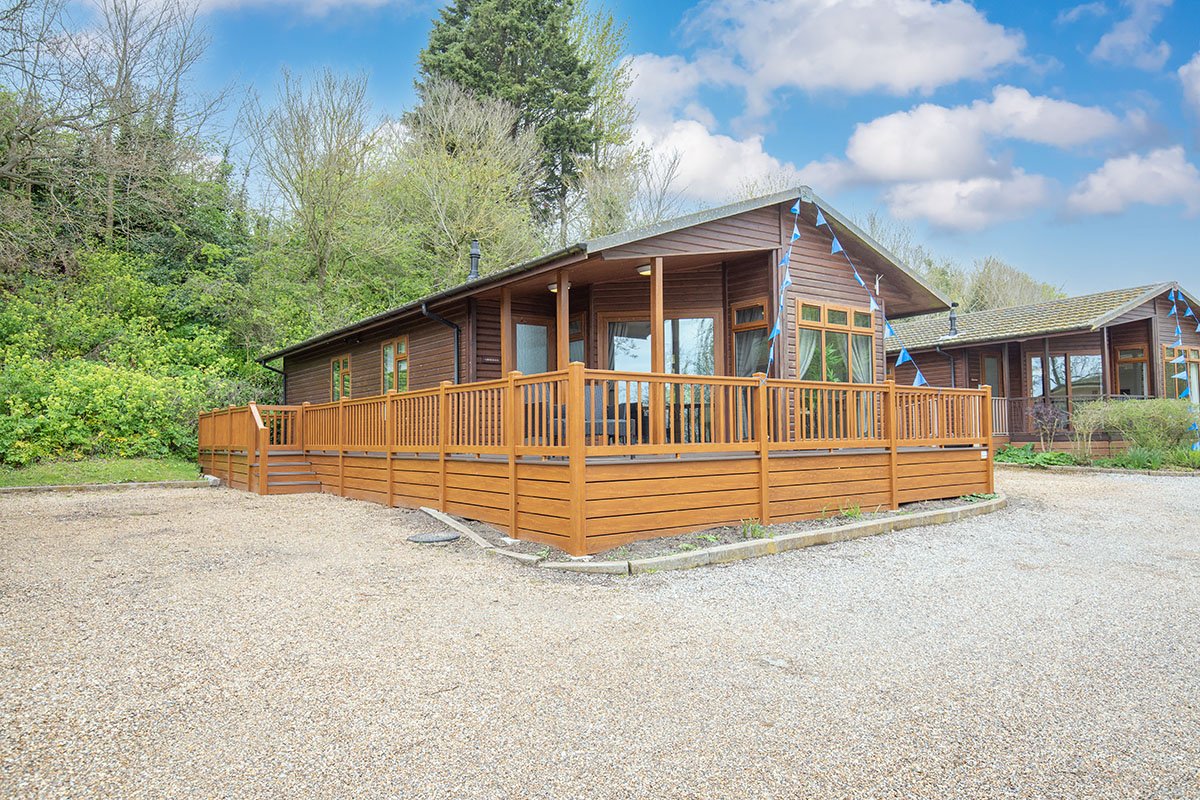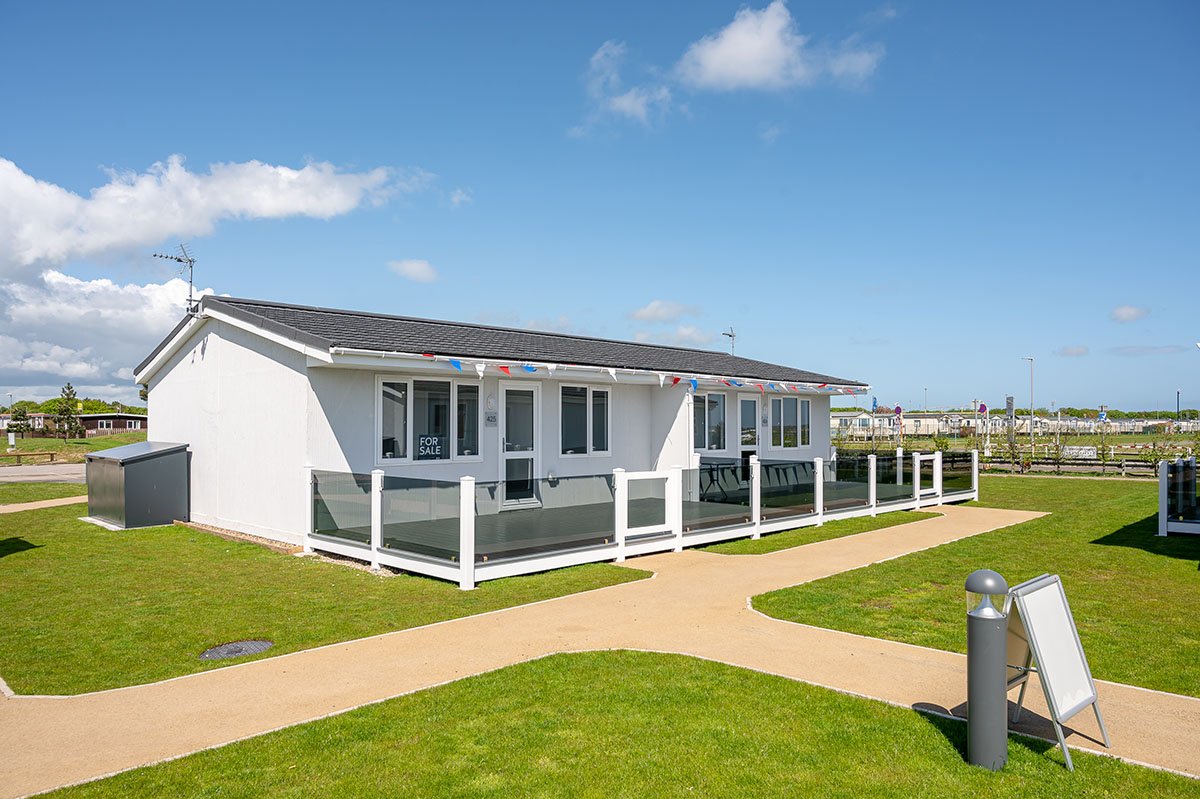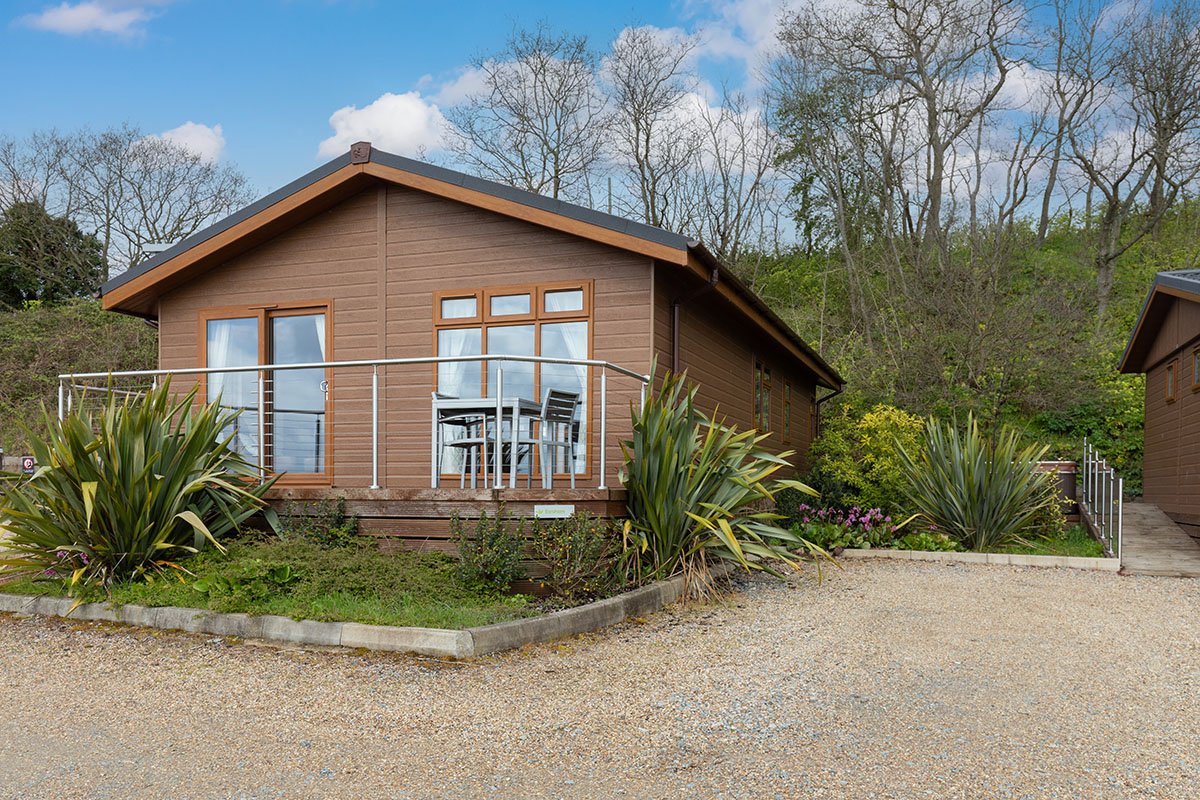We do love a stroll along the ‘prom’. It’s a love that’s enshrined in song after all and what’s a visit to a seaside resort without a walk along the pier? But how long have we been doing these things and why? There had been resorts and spas for centuries. ‘Taking the waters’ for your health was very popular in the eighteenth century. Typically it was the better off folk who indulged in such things. They didn’t have to work, and those who did have to toil in the factories or on the farms weren’t entitled to paid holidays. Then came the railways of the Victorian era. Suddenly the coast was accessible to many more people. This was the new, more mobile, working class. They made seaside holidays all the rage. Lets take a look at coastal piers & promenades on this seaside walk through history….
The seaside is good for you
The advantages of a seaside holiday soon became apparent. The idea of healthy living, fresh air and inhaling the ‘ozone’ was vigorously promoted by the Victorians. The seaside resorts didn’t complain. People flocked to them. All of this was good for your image too. Being seen in the right clothes, and in the right company, strolling along the promenade, was definitely ‘the thing to do’. The promenade was the place to be seen.
The famous funicular lift on the Saltburn-by-the-sea coast by the pier.
Some gems of the Yorkshire coast
By the 1850’s towns were building piers to add an extra attraction and somewhere else to walk, somewhere else to breathe in the sea air. Not to mention demonstrate Victorian engineering skill and the wealth of the town. A classic example of this culture of promenades and piers is in Withernsea. This Yorkshire resort has a lovely wide promenade, and on it is Pier Towers, the entrance to the pier built in 1877. It cost £12,000! In the same part of the country, on the wonderful Yorkshire coast, is Saltburn-by-the-Sea. They had built their pier in 1869, but there was concern that the steep cliff walk was deterring people from going down to it. They built the Saltburn Cliff Lift which is not only one of the world’s oldest water powered funicular lifts, it’s also a major attraction in the area which is hugely popular with visitors and people buying a holiday home in places like nearby Redcar.
Look at Lincolnshire - piers with a Victorian heritage
The Lincolnshire coast is another popular place for owning a holiday home and it’s home to two of the country’s finest piers. Skegness Pier is 1880’s vintage and today it’s an award winning landmark and attraction. Its Victorian heritage now offers up to date facilities such as a Bowling Centre, diner, and bars. At Cleethorpes, the pier was built of iron and ran to 1200 feet in length. Like several of the country’s piers it had a chunk cut out of it during World War Two to deter a possible invasion. Several owners have taken over the running of Cleethorpe’s pier, including Papa’s who bought it in 2017. They opened it the following year with what was claimed to be the world’s largest fish and chip restaurant. Fish and chips on the pier. It’s doesn’t get more seaside than that!
A holiday home at Tingdene Broadlands Park & Marina close to Lowestoft pier.
A Holiday Home in Suffolk puts you near piers and promenades
Further south, on the Suffolk coast, there are some truly great piers and promenades. Felixstowe, for a start, has the full splendour of a ‘prom’ and sea front gardens. The pier in Felixstowe opened originally in 1905. It’s been beautifully refurbished in recent times and now features an entertainment centre, and the Boardwalk bar. Suffolk holiday cottages are much sought after and holiday makers love to go to Southwold. Nestling on the Suffolk Heritage Coast, it’s one of Suffolk’s prettiest towns. Stretching over 600 feet into the North Sea, Southwold Pier is about so much more than a bracing stroll. Nowadays it offers great places to eat, superb shops and, of course, the stunning view. Take a walk along the sea front too. Lowestoft has two piers! South Pier dates back to 1846 and the building of the harbour. Since then it’s had several transformations. Further along Lowestoft’s stunningly sandy shore is the Claremont Pier. Over a hundred years old it too has had a rich history.
Essex has some important piers of the realm too…
When it comes to traditional seaside resorts Essex offers two of the finest. Southend, known the world over, has the world’s longest pleasure pier. It’s 1.3 miles long! Recent years have been a bit of a roller coaster for the pier. There was some work done on it in 2003, but much of it was destroyed in a fire in 2005. It was open for business by the end of the year though and, just two years later, in 2007, it was voted Pier of the Year. Famous for the railway running its length, the pier has been something of a celebrity too. It’s featured in The Bill, it’s mentioned in The Hitchhiker’s Guide to the Galaxy and it was the setting for the credits at the end of legendary TV series, Minder. Clacton Pier had started life in the 1870’s as a commercial landing point. By the 1890’s the town had become such a popular resort that they had to extend the pier and open it to the public. Today, with all its rides and amusements, it’s as popular as ever. In fact, a walk on the pier or a stroll on the ‘prom’ are as popular as ever wherever you go. We know now that the Victorians got some of their science wrong when it came to ‘ozone’, but it doesn’t alter the fact that a seaside wander is a really healthy and bracing thing to do. If you’re thinking of buying a holiday home in Yorkshire, Lincolnshire, Suffolk or Essex, check out the piers and promenades in the nearby resorts. A country ramble or a hike on the beach is great, but the seaside towns are treasure troves of things to do, places to eat and drink, and that most British of seaside pleasures - the piers and the promenades.







